

Sax School tutor Chris Camm gives the low-down on the music and career of Maceo Parker, and points you to some tracks you can go and listen to yourself.
Plus we’re going to take a look at an iconic Maceo Parker solo “Pass the Peas” – and there’s a free transcription of the solo, for alto and tenor sax, which you can get below.
This month in Sax School is all about Funk. We’re learning an original challenge song called “The Turkey” that’s in the style of Maceo Parker.
Get the PDF and practice track for this lesson – plus all of our other free resources
Maceo Parker has worked with a stellar line-up of musicians, from legendary figures from the 1950s like James Brown, to the psychedelic Bootsy Collins and and George Clinton, to stars of the 1990s and 2000s such as Prince and even the Red Hot Chili Peppers. Perhaps the common factor is these are artists who are doing something new, and breaking new ground. Parker is right up there, a saxophone innovator in his own right.
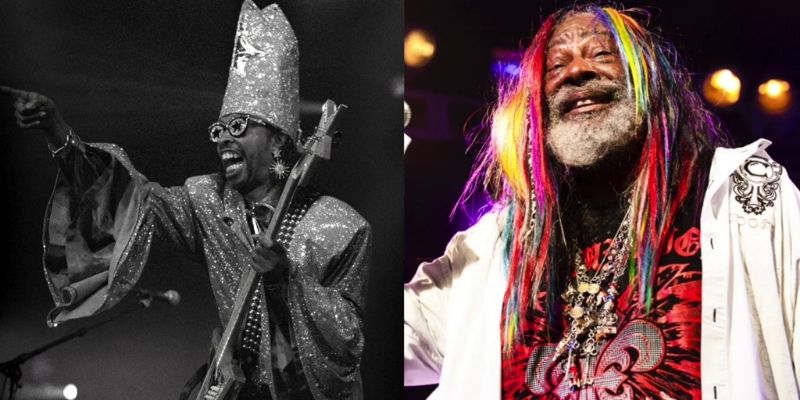
But, In many ways, Maceo Parker goes against the image we might have of a funk-soul sax man. At an early age he decided not to drink, or smoke. He saw other musicians having a crazy lifestyle, and he decided that wasn’t for him. Maybe that’s why at the age of 78 he’s still recording!
Maceo Parker was born on 4th February 1943 in Kinston, North Carolina, in the United States. Music was a big part of his life growing up. His father played piano and drums, and sang along with his mother, in church.
Parker’’s brother Kellis played trombone, and his brother Melvin played drums. In fact, when Parker joined James Brown’s band in 1964, it was alongside Melvin. It has even been said that it was actually Melvin that James Brown wanted, and he took Maceo as part of the deal.
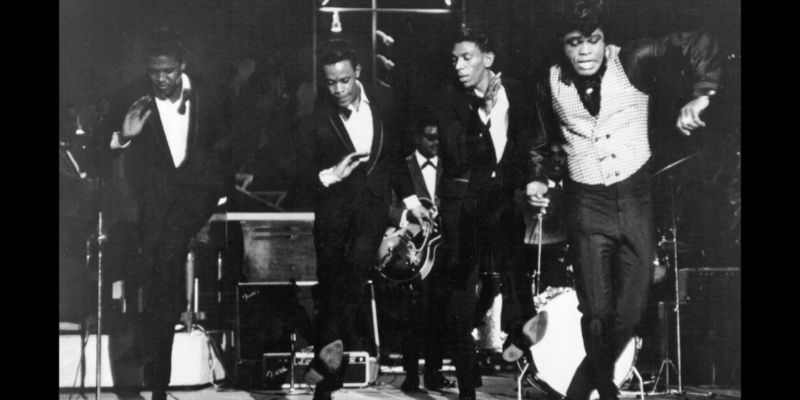
Either way, Maceo Parker recognises that playing with James Brown helped launch his saxophone career. In fact, he said in an interview “If I was a diver, it was my springboard.”
Maceo and Melvin played with James Brown until 1970 when they left to form Maceo and the All Kings Men. Maceo rejoined James Brown in 1973, but then in 1975 he left to join George Clinton’s band Parliament Funkadelic.
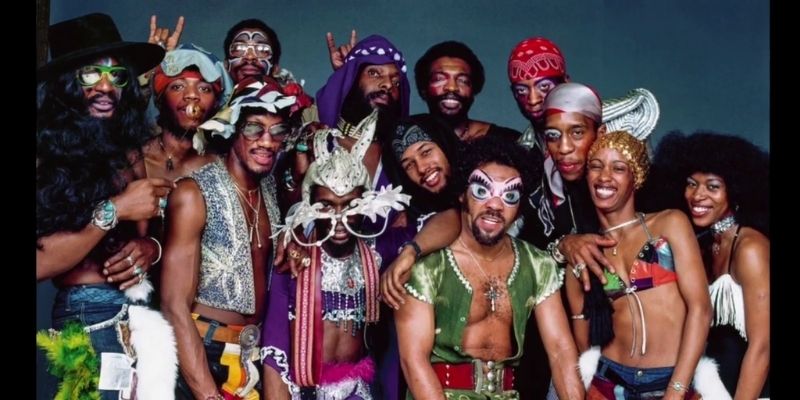
Where the years with James Brown had been pretty strict – with no swearing allowed, and a strict dress code – the Parliament Funkadelic was a rotating collective of musicians influenced by psychedelia, science fiction and crazy fashions. It must have been quite a culture shock!
Maceo Parker returned to James Brown again between 1984 and 1988.
Then in 1990 Parker began a successful solo career, recording 11 solo albums to date, the last one in 2020 called “Soul Food – Cooking with Maceo”.
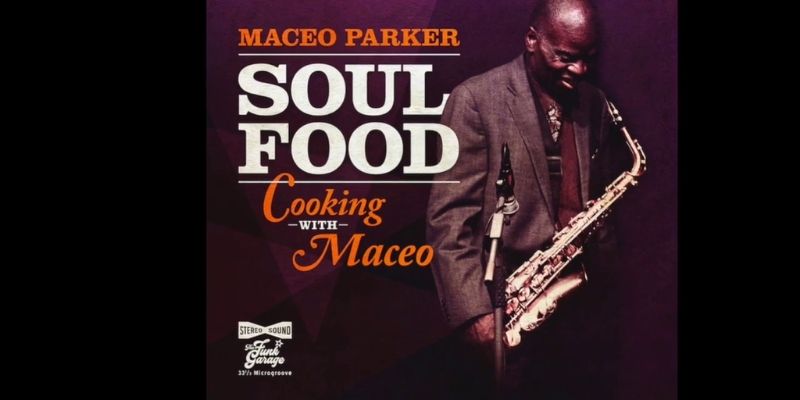
In the late 1990s he started working with Prince, a collaboration which continued throughout the nineties and into the 2000s with both touring and recording.
He was inducted into the North Carolina Musical Hall of Fame in 2011, and in 2012 he received a Lifetime Achievement Award from Victoires Du Jazz in Paris.

Unlike a lot of saxophone players, Maceo Parker’s biggest influence doesn’t play sax. In fact, he doesn’t play an instrument at all.
Parker names singer Ray Charles as the biggest influence on his music. In the 1950s when Parker was growing up, Ray Charles was already a huge figure in the emerging Rhythm and Blues music scene.
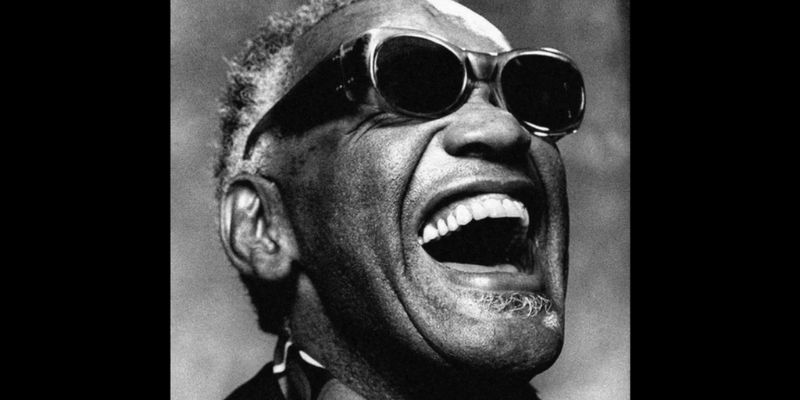
He said about Ray Charles “”I got into Ray Charles at a very early age. I’d listen to him sing, and I’d try to equate that with playing the saxophone. … He was always the cat for me.” His album Roots and Grooves is a tribute to Ray Charles.
If you want to get a feel for Maceo Parker’s music, his album Roots & Grooves is a great place to start. You’ll hear Maceo playing the tracks of his icon, Ray Charles. These were the tracks that influenced his playing style – plus, this a great chance to hear an outstanding big band.
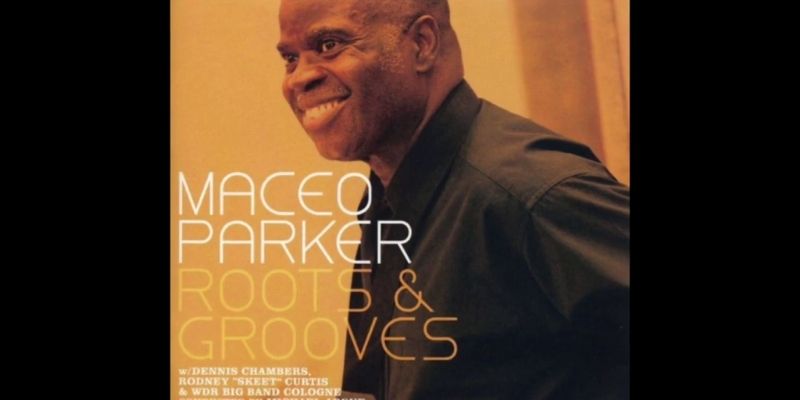
Another great album to check out is Funk Overload. This album from 1998 is his best seller -it’s different in style, with way more funk, as the title suggests.
“Uptown Up,” from this album, is one of his best songs. You can hear the James Brown influences and it undoubtedly influenced many modern funk sax players. In this track you’ll hear Parker’s powerful funk style and amazing soloing.
Another track to explore is “Children’s World” from the album Roots Revisited. It has a more laid back feel and a little more jazz than the others but still has that clear soul, and attacking Maceo Parker style.
Probably the most recognised Maceo Parker track is “Pass the Peas”. It’s an iconic melody that’s been covered by everyone, in any kind of soul band. If you listen to soul, you’ll have heard this one! It features a bunch of great solos from different people.
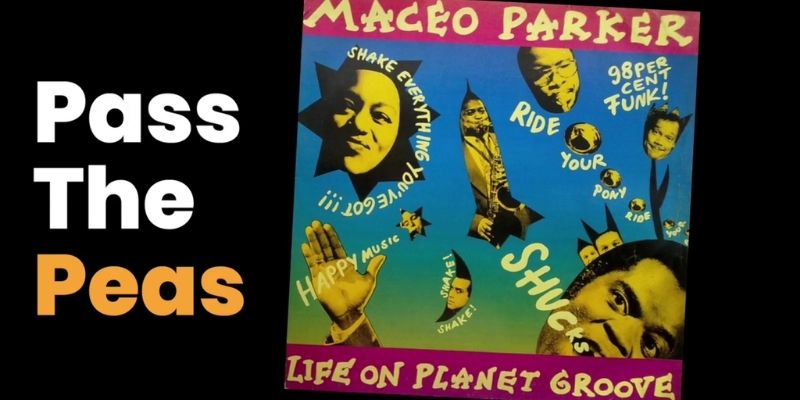
Now we’re going to look at “Pass the Peas” in more detail. You can download the transcription from the link above.
“Pass the Peas” is like a “soul standard;” if you want to understand what funk is all about, you need to listen to this track.
It’s also got all the Maceo Parker style cues: it’s unique, it’s contemporary, and you can really hear the vocal influence in Parker’s playing. He plays sax like a soul singer.
This version is based on a live recording. We’re just going to focus on 8 bars of the solo here. Check out the video where I demonstrate this section of the solo for you.
I love these 8 bars – they are such a great example of Maceo Parker’s style.
If you want to really understand his style there are 3 things you need to focus on.

The first is articulation. If you look at the transcription you’ll see that the articulation is about getting a short, sharp, aggressive sound. We’ve marked it with accents and staccato notes and when you play it with that attack and aggression, you’ll get that Maceo Parker sound.
The second style cue is rhythm. Maceo uses a lot of sixteenth notes (semiquavers) and it’s a staple of funk music. If you look at the third bar, beat 4, you can see we have semiquaver rests, and notes on the second and fourth semiquavers. It looks really complicated, but when you listen to the music it’s a classic, essential part of Maceo’s playing.
Don’t forget to get the PDF for this solo above – there’s a practice track too. When you’re looking at the transcription, it’s really important to focus on the precision and accuracy of these rhythms – which will give you the classic Maceo Parker sound.
The third style cue is energy. If you listen to Maceo’s playing, the energy is in every single note and line of the transcription. Think about your breathing and air support. You also need to think about your attitude when you approach your playing. Combined with the articulation and rhythm, this will give you the classic Maceo Parker style.
There are loads to learn from this solo, and if you want to really dig deep, we’ve got loads of lessons and courses on Maceo Parker inside Sax School.
Listening to players like Maceo Parker and hearing different styles is a great way to develop your own saxophone playing, so check out some of the recordings we’ve talked about in this blog.
If you’re ready to make fast progress on your saxophone, find out how Sax School can help you. Get started with Sax School!
Get the PDF and practice track for this lesson – plus all of our other free resources